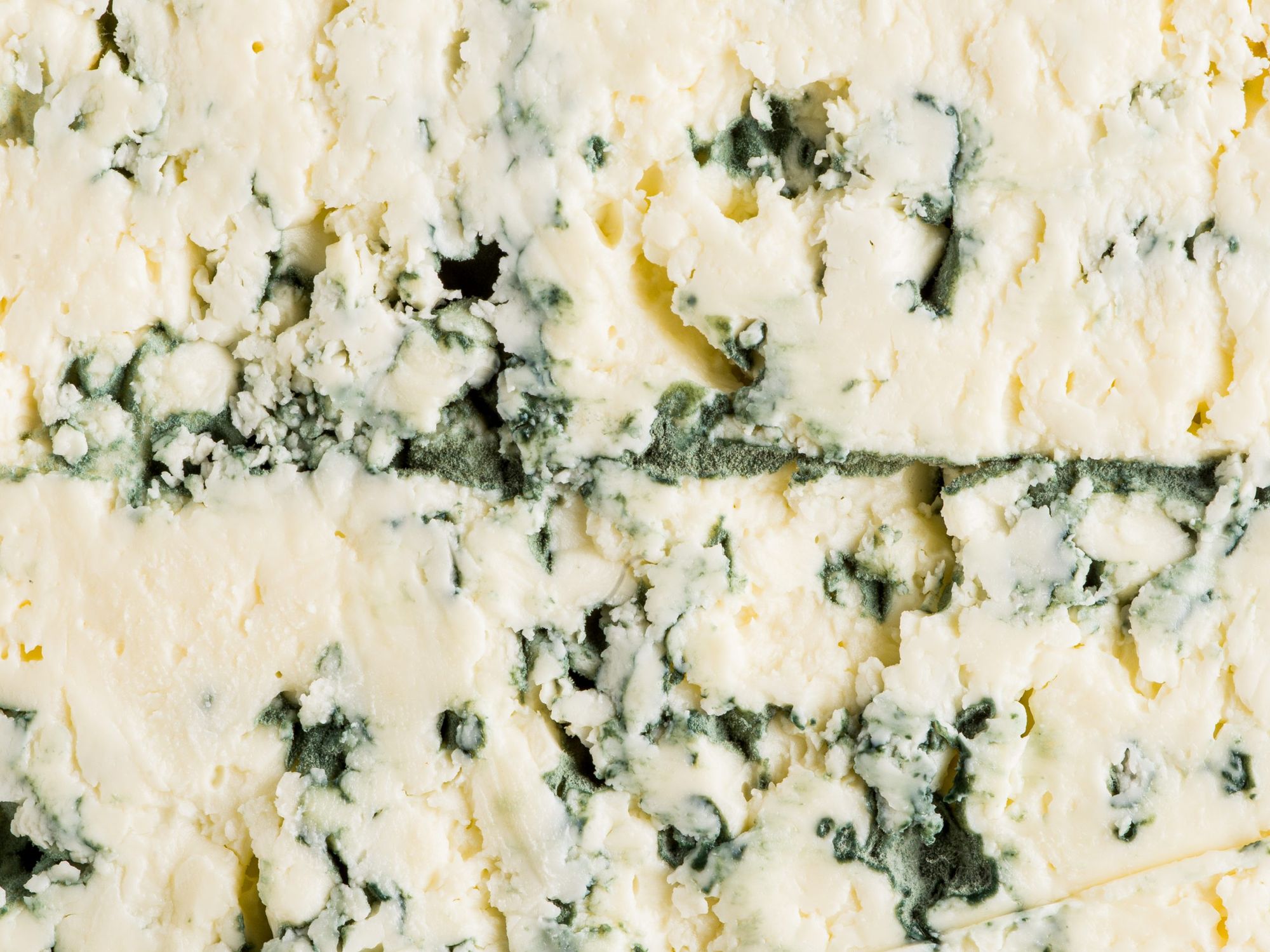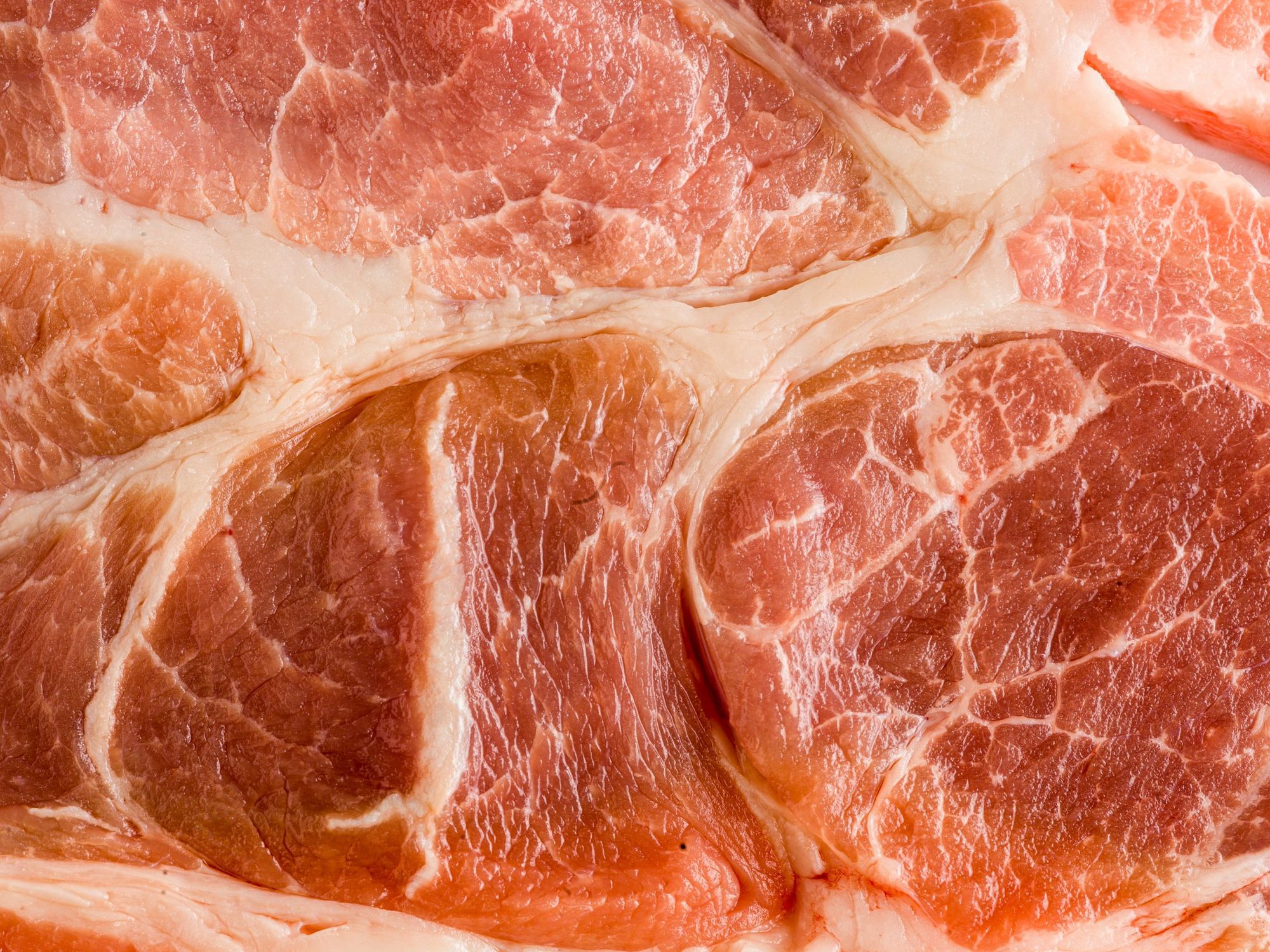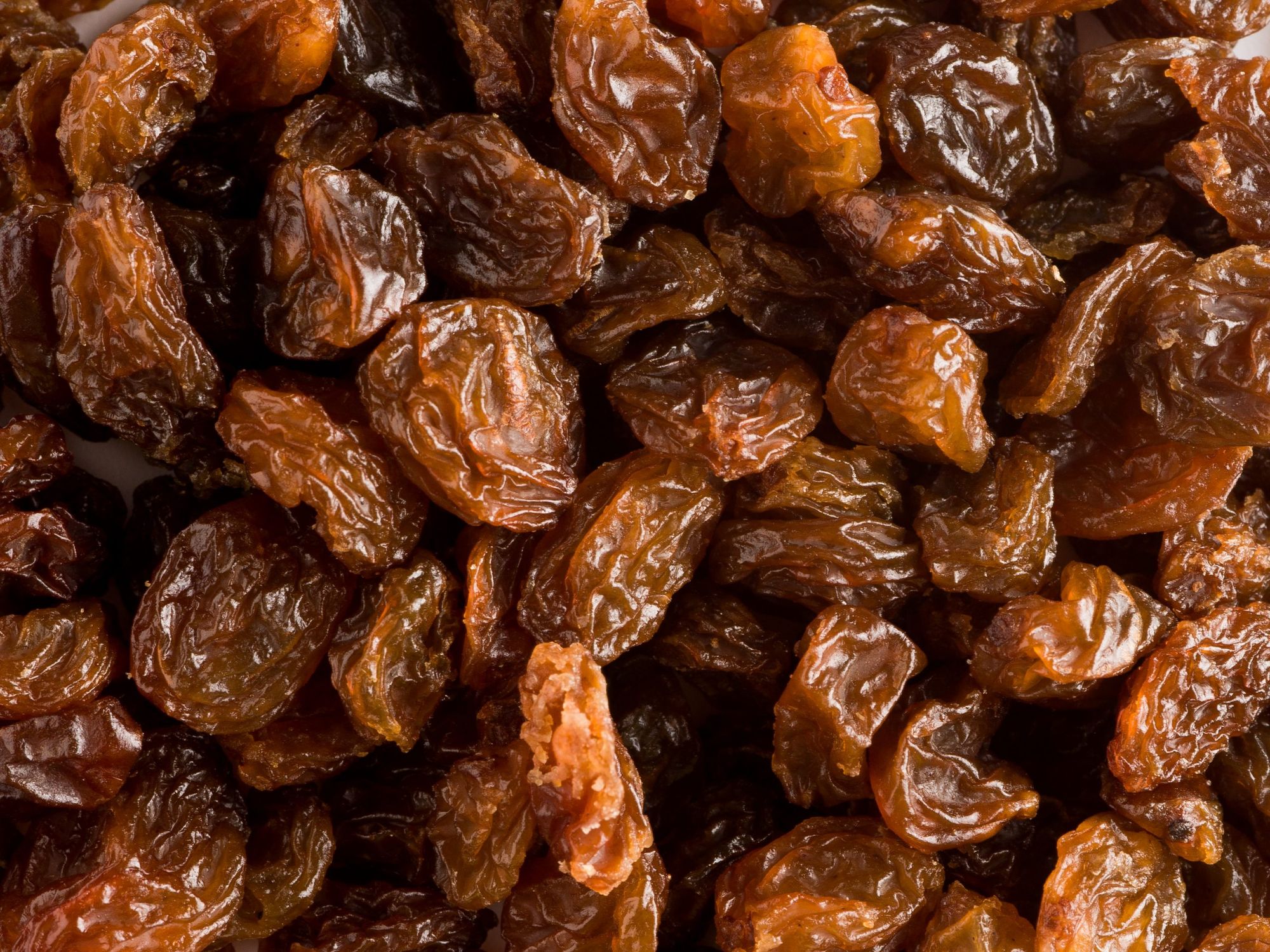In our previous articles on twisted food experiences, we have shown you unusual, bizarre, and sometimes even disgusting food combinations and textures. However, there are times when the sense of revulsion inside us is even stronger: these are the various food phobias that we take a look at, once again with the help of food photography. We have warned you!
We all have foods that make us shudder. This can be a simple aversion to a taste or texture, often the result of an ingrained bad experience. For example, after an upset stomach, it’s common for someone to be unable to look at the last food they ate before they became ill, sometimes even for years to come. Nausea during pregnancy is also a common phenomenon: although it is entirely subjective, some expecting mothers may crave certain foods and feel sick at the sight of others. There can be a variety of reasons for this, from the onset of reflux to fluctuations in hormone levels and blood sugar levels to increased stress. Previously, it was believed that this was the mother’s way of protecting herself from foods that could harm the baby, however, this is now disputed.

In other cases, however, the aversion to food is purely psychological. In such cases, the sight (shape, color), touch, or smell of something triggers a reaction almost immediately. Above a certain level of acuity, these are called phobias, which pose a serious problem for those suffering from them. There are specific categories for the fear of particular foods—for example, mycophobia, which is an aversion to mushrooms, or carnophobia, which is a phobia of meat.

A person with alektorophobia is afraid of chickens, and someone with alliumphobia is repulsed by garlic—this may seem amusing, but it is worth remembering that someone with such phobias can experience symptoms similar to an allergic reaction. This can be both very dangerous and highly stressful because while you can avoid an allergenic plant or animal, you encounter such foods every day in supermarkets, restaurants, or on billboards.

There is also an umbrella term, cibophobia, which refers to a general fear of food and eating. This may have similar effects to eating disorders that require clinical treatment, as the patient often refuses to take food and may be in need of feeding. The triggers vary from person to person: some may be afraid of food prepared by others, others may be afraid of perishable ingredients (e.g. raw eggs), or be afraid of choking on food.

The object of the fear may be cooking, eating, or coming into contact with food—as soon as this happens, intense anxiety sets in, with panic attack-like symptoms. In more severe cases, treatment can involve the help of a therapist, for example through cognitive behavioral therapy, but meditation and hypnosis may also be effective. In milder cases, professionals suggest that a persistent widening of perspective and careful familiarization with ingredients can help.

Another phobia that can be often observed in young children is neophobia. This is the avoidance/rejection of new, previously unexplored food. Little ones often eat selectively because they find what they don’t know strange. After the ‘flavor window’ period between the age of 4-18 months when the baby is open to everything, with the development of the nervous system, they learn to make their own decisions, and the next stage of this is the ‘terrible twos’ phase. This whimsicality is a challenge for parents, but there are a few tricks to help the baby make friends with food: cooking together, repeated exposure (i.e. repeated tasting), and combining with familiar or favorite flavors can all be helpful.
Photos: László Sebestyén
Source: Édespofa, Mindset Pszichológia, Bio Praktika, Verywell Mind

Shades of the grotesque—this is how a Dutch photographer saw Budapest in the ’80s

Innovative technology to save demolished Ukrainian panel blocks










